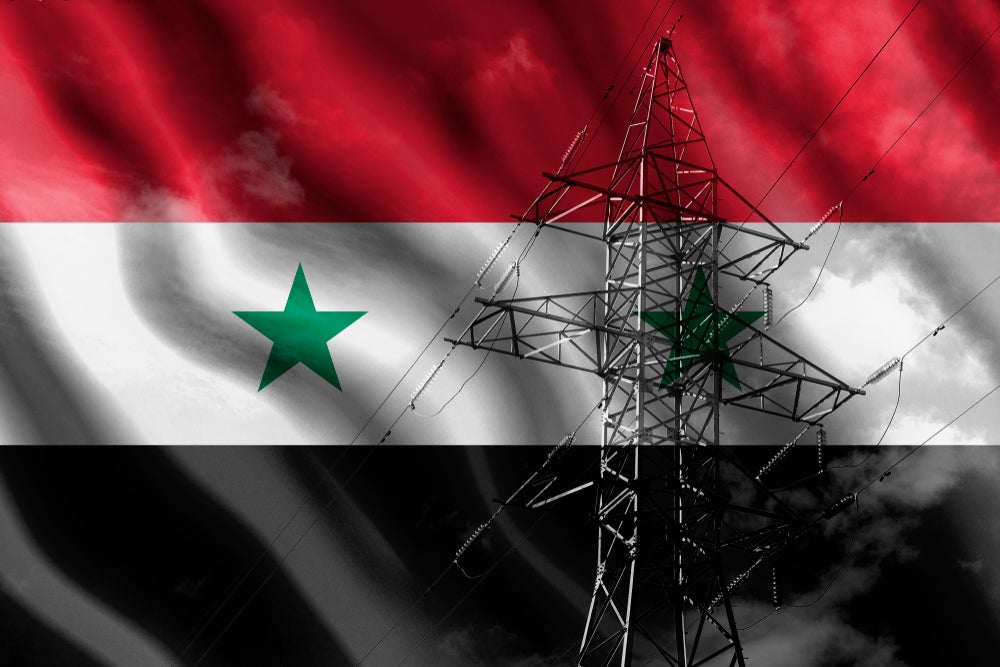After 14 years of conflict, the Assad regime in Syria fell in December 2024. Western nations subsequently removed significant sanctions against it to encourage economic growth and peaceful diplomacy as the nation recovers. This period of transition to new governance is a crucial time for countries and businesses to form alliances and properly align themselves with the re-emerging state.
The removal of American and European sanctions on Syria
The US had issued sanctions on Syria since the 1970s, although many were established in two later phases. During the early 2000s, they were issued in response to Syria’s support of terrorism and its activities in Lebanon. Then, in 2011, sanctions were placed in reaction to the civil war and violations of human rights through violence and torture, and the arbitrary arrests and detentions of peaceful protestors.
In recognition of the positive actions under Interim President Ahmed al-Sharaa to facilitate economic growth and international collaboration, Donald Trump issued Executive Order 14312 in June 2025. This executive order revoked six prior orders, easing sanctions, export restrictions and putting in place crucial elements of Syria’s economic renaissance. This marked a significant change in US-Syria relations. Several US restrictions targeting specific individuals remain, directed towards those politically connected to the Assad regime, those who engaged in the abuse of human rights and those who engaged in the production and transport of Captagon (fenethylline), a narcotic and highly addictive substance that is widely distributed in the Middle East.
In May 2025, the European Union (EU) made statements about “lifting all economic restrictive measures on Syria, except those based on security grounds” to help stabilise the country’s economy. The UK has also moved to roll back some of its economic sanctions to aid this effort. By lifting sanctions, foreign groups will be able to invest in the development of Syria’s energy, gas and oil sectors. Lowering restrictions around Syrian financial services will expand international business opportunities.
Accessing Syrian resources
Before the civil war, Syria’s oil and gas sectors made up about a quarter of its government’s revenue, despite its oil and gas reserves being significantly smaller than those of its Arab neighbours. Pumping 400,000 barrels per day (bpd) of crude oil, its production exceeded domestic consumption and this surplus was sold on the international market.
Syria has not exported any oil since the onset of the war in 2011. Neglect and destruction of its oil and gas fields and infrastructure during the civil war led to its reliance on Iranian products. Syria’s two state-owned oil refineries, located in Homs and Banias, have sustained considerable damage due to the conflict and are likely to take years to restore to pre-conflict levels of operation. This is further complicated by the fact that Syrian oil is crude and sour, requiring significant refining. The country does not yet have the means to do this independently.

US Tariffs are shifting - will you react or anticipate?
Don’t let policy changes catch you off guard. Stay proactive with real-time data and expert analysis.
By GlobalDataIn the early 1990s, production peaked at 700,000 barrels per day. Current levels of crude production are estimated between 80,000 and 100,000 bpd. Syria anticipates raising production to 400,000 bpd within a year, with potential for additional offshore production from Mediterranean fields.
To meet these goals, Syria is looking to improve its oil and gas infrastructure through the restoration of pipelines and ports and potentially constructing a third refinery. These projects are shaping up to cost several billion dollars. Lifting sanctions on these refineries, General Petroleum Company, the Syrian Company for Oil Transport, and oil refining and distribution creates significant opportunities for investment and economic growth. Syrian oil and natural gas reserves are mostly located in its eastern regions, which are largely under the control of the Kurdish People’s Protection Units (YPG).
Holding a complicated position between international players, the YPG is partnered with the US in the conflict against the Islamic State of Iraq and al-Sham (ISIS) but is also associated with the Kurdistan Workers’ Party (PKK), which is designated as a terrorist organisation by the EU, the UK and the US. However, the PPK announced in May 2025 that it would be disbanding after a 40-year armed struggle against Türkiye. Meanwhile, YPG is designated as a terrorist group by both Türkiye and Qatar but is not so defined by other Western countries.
Considering this division of nations, there is potential for conflict to arise between the new central government and YPG regarding control of oil and gas resources, and the results will likely be impacted by the US and Türkiye. Since the fall of the Assad regime, the US has withdrawn many of its troops from Syria, but a complete withdrawal seems unlikely.
Potential alliances and investment opportunities
Following the collapse of the Assad regime, the interim government has made significant efforts to develop diplomatic relations around the world. This has encouraged the easing of sanctions and restrictions placed on Syria, hoping to stimulate economic growth.
While Syria was under Assad, Russia and Iran held major influence due to the military and economic support they provided. In the transition to a new government, several contestants battle to align themselves with the incoming powers. Türkiye is among the most notable of these players, while Saudi Arabia and other Arab states have also made promises to supply fuel and humanitarian assistance to the war-torn region. While Syria is looking to open investment opportunities to the rest of the world, it is unlikely that many companies will be eager to take them up on it before the industry and the state overall have stabilised.






